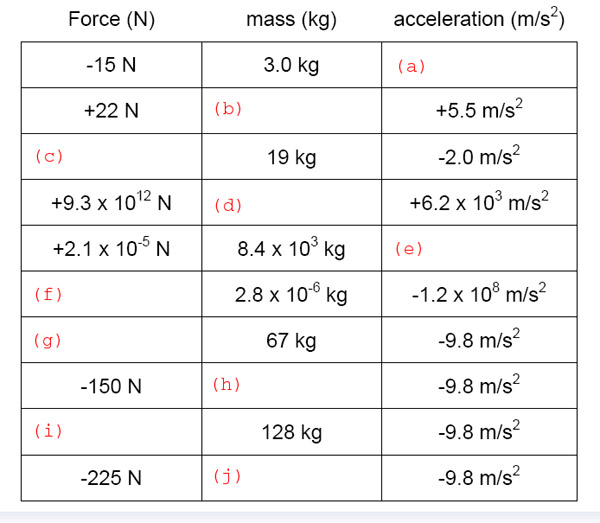Question
Q1. Find out what the names of the forces acting on an airplane are. Q2. Find out which forces are responsible for the tides of
Q1. Find out what the names of the forces acting on an airplane are. Q2. Find out which forces are responsible for the tides of the oceans. Describe these forces and their effect on the ocean here. Q3. Do some research and find out which of the forces listed above are contact forces and which forces are non-contact forces or forces acting at a distance.
Q4. Answer all parts to this question.
- Which has more inertia, a passenger car traveling down the road or a freight train moving at the same speed? What do you think this means about the amount of force required to bring each to a stop?
- Which requires more effort to start rolling from rest, a golf ball or a bowling ball? Explain your answer in terms of inertia, acceleration and force.
- A person is riding a bicycle down a flat road in a straight line. Describe what will happen to the motion when the bicycle's breaks are applied. Be sure to include net force, acceleration, and inertia in your description.
- Friction is a net force that stops and/or slows many everyday objects. Describe one situation where friction acts upon an object. Be sure and mention inertia, acceleration, friction, and net force in your description.
Q5.Two cars have the same engine and wheels. It is determined experimentally that both cars produce the same force over a 100 meter course. Car A can accelerate twice as fast as Car B. Explain this result using Newton's Second Law. Q6.Michele kicks a 0.75 kg ball with a 45 N force. What is the acceleration of the ball? Q7.Fill in the blanks in the table below, submit your results in the text box by letter [3(a), (b), (c), etc.]:   |
Step by Step Solution
There are 3 Steps involved in it
Step: 1

Get Instant Access to Expert-Tailored Solutions
See step-by-step solutions with expert insights and AI powered tools for academic success
Step: 2

Step: 3

Ace Your Homework with AI
Get the answers you need in no time with our AI-driven, step-by-step assistance
Get Started


